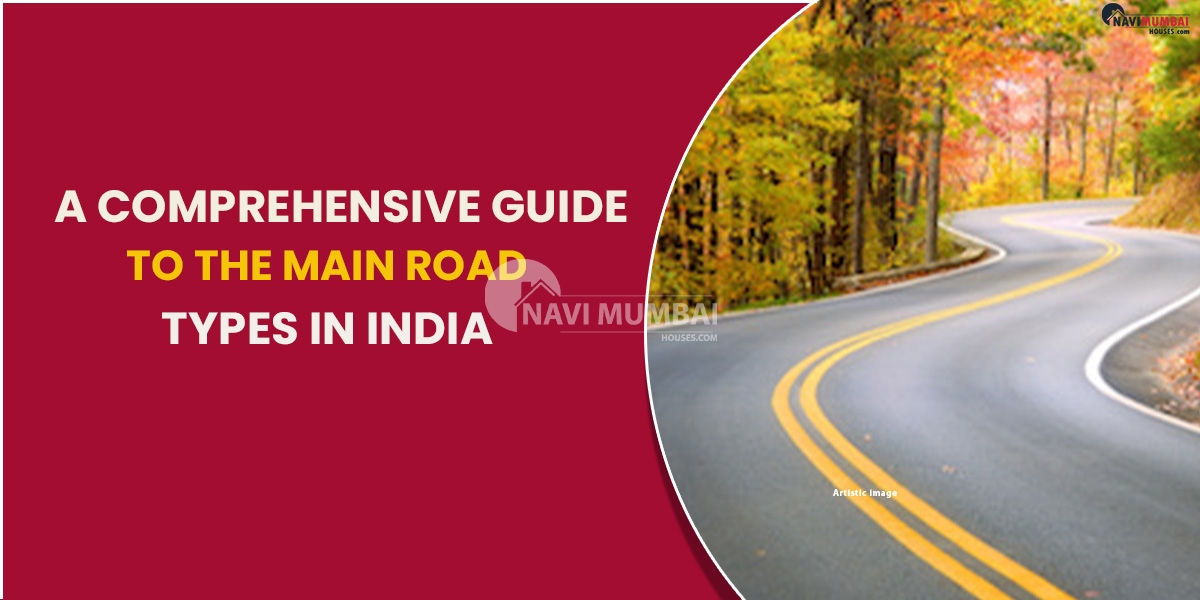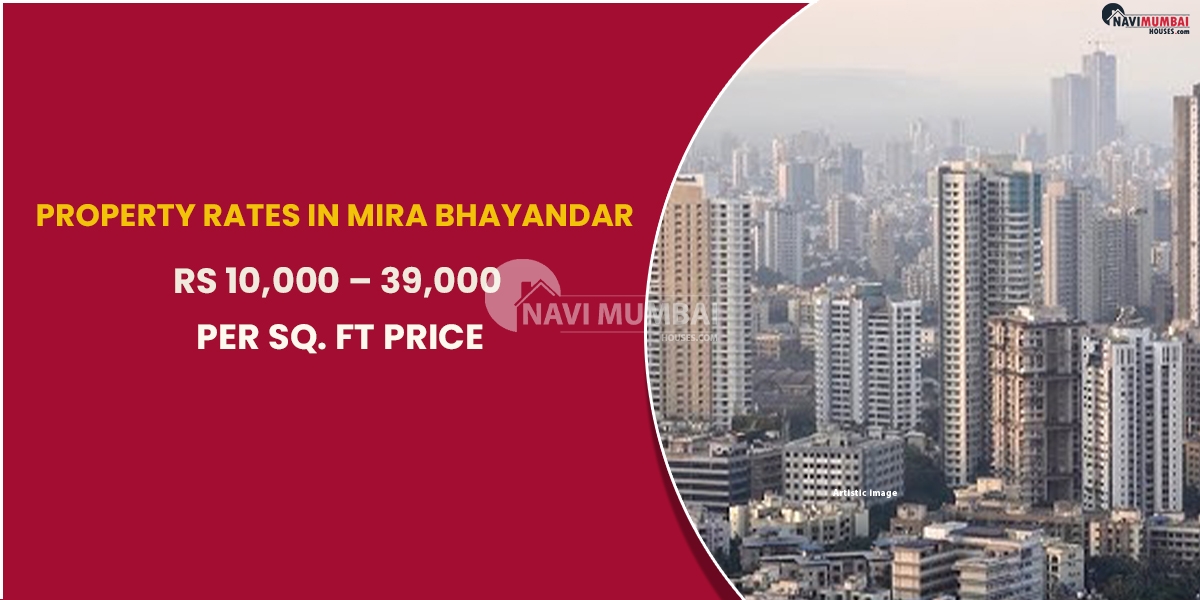
- October 18, 2023
- News
A Comprehensive Guide To The Main Road Types In India
Introduction The Main Road Types In India
The main road types in India with a vast 63.73 km road network, India is home to the second-largest road system in the world. India has routes of every length and variety, from rural roads that link tiny villages to the cities to national highways bridging the distance between states. In terms of material, purpose, and other factors, this article takes a deeper look at some of the most popular road types in India.
India is now just slightly behind the US in terms of the size of its road network, thanks to a rise of 59% during the previous nine years.
India’s roadways have a wide range of qualities for a nation with such a diversified topography and population density. Here, low-traffic dirt roads converge with rural roads with moderate traffic levels to form high-traffic state highways.
India’s roads are categorise according to a number of factors, including materials, rigidity, traffic volume, function, and location. The diversity of some of the most common road types in India will be examine in this article.
Are you looking for new projects in Balkum ?
Road Types According To Materials
Depending on the location and use, India’s extensive network of roadways is built with various materials.
The numerous road types that are frequently encounter in India are as follows:
Earthen Roads : The most fundamental and affordable forms of roads that are frequently found in rural regions are earthen roads, which are built using soil and gravel. They need constant upkeep, though, as they are prone to erosion.
Murrum Roads : Murrum roads, which can be found in rural and semi-urban areas, are made by compacting Murrum, a kind of laterite soil. These can tolerate intense traffic and are comparatively durable.
Gravel Roads : In hilly and rural locations, crush gravel and stones are layer to create gravel roads, which provide adequate traction for light to moderate traffic.
WBM Roads : The Water Bound Macadam (WBM) roads found on highways and in metropolitan areas are made stronger and more durable by layering several types of stones and aggregates.
Kankar Roads : Kankar roads, which are construct using Kankar (a form of limestone), are reliable and affordable solutions for dry and semi-arid regions.
Concrete Roads : To hard and create robust roadways that can endure high traffic, concrete mixtures are poured into mould.
Bituminous Roads : Bitumen and aggregates are combine to form asphalt or bituminous roads, which are common in metropolitan areas and on highways.
Depending on variables like traffic volume, climate, and budget, each type of road material has specific benefits and applicability. In order to achieve the best performance and longevity, the proper type of road material must be chosen.
Highways Are Classified According To Their Function & Location
National Highways, State Highways, District Highways, and Rural Roads are the four different types of roadways in India, according to their use and location.
Let’s examine each of them in more detail.
| Types of Roads | National Highways | State Highways | District Roads | Rural Roads |
| Definition | Significant road systems that link the nation’s states and cities | Roads inside a state that connect its cities and communities | Roads within a district that connect various towns, cities, and villages | Connect isolated hamlets and villages to the main road system. |
| Maintained By | The National Highways Authority of India (NHAI) maintains the roads. | Each state is in charge of maintaining and expanding its own state highways. | The corresponding district authorities maintain | The Gram Panchayat is in charge of maintaining |
| Significance | Essential for the national transportation of people and products | Important for interstate travel and enhancing the state’s overall connectedness | Essential for rural connectivity and local transit | A crucial factor in the development of rural areas |
Road Types According To The Flow Of Traffic
The sorts of traffic that use the roadways in India are also use to categorise them. For instance, motorways make it possible to travel more quickly, bike lanes encourage environmentally responsible commuting, and pedestrian paths put pedestrian safety first. According to the volume of traffic they handle, these are the three main categories of roads:
Motorways
Motorways are high-speed roadways with several lanes and regulate access points that can accommodate large trucks for continuous traffic flow. One of the longest motorways in India is the 94.5-kilometre Mumbai-Pune Motorway.
Cycling Tracks
Cycle tracks are designate lanes in cities that give cyclists a separate, safe, and environmentally responsible method to commute. These tracks have been create in cities like Bangalore and Delhi to promote cycling as a means of transportation.
Walking Paths
Residential areas, parks, and business complexes that are specifically design with pedestrians’ safety and convenience in mind are known as pedestrian ways. Mumbai’s Marine Drive Promenade is a well-liked pedestrian walkway with a beautiful view of the Arabian Sea.
Various Road Types Based On Topology
The various road types in India are another example of the country’s variety. Roads can be generically categorise as hilly area roads and plain area roads based on the topology.
The specifics of each kind of road are list in the table below.
| Types of Roads | Hilly area Roads | Plain area Roads |
| Terrian | Made on rocky, inclining terrain | Constructed on flat land |
| Function | These routes are made to wind across the highlands and connect far-flung places. | These are made to make travelling between cities and towns simple. |
| Features | Marked by abrupt curves, tight bends, and a high incline | Roadways in flat areas are typically larger and straighter to allow for higher speeds and easier navigation. |
| Example | The Manali-Leh Highway, which spans 42,879 km and travels through the gorgeous landscapes of Himachal Pradesh and Ladakh, is one example of a well-known hilly terrain road. | The Mumbai-Pune Motorway, which connects Mumbai, India’s financial centre, with Pune over a distance of about 94.5 km, is a well-known plain area route. |
Overall, the many kinds of roadways perform specialised tasks and are essential to supporting the nation’s transportation infrastructure. They support the country’s general growth and advancement while ensuring seamless connectivity between various locations.
Conclusion
Understanding the different kinds of roads is crucial for real estate investors when assessing properties. Real estate consultants can assist customers in making wise judgements about property investments by taking into account the unique characteristics of roadways. After all, the value and potential of a real estate investment can be significantly impact by the connectivity and accessibility offer by various types of roads.
Navi Mumbai Houses a Real Estate source is the most trust names in the market believes that master pieces can only be achieve by the client’s satisfaction. So that you can give your quality time with your loved ones is actually worth enough. Do you want Sale house, Flats in thane our portal is help you to find a buy flat to your price so please visit n find.
Fully Furnished 2 BHK Flats For Rent In Kharghar Sector 35 & 36
You are looking for new projects in Balkum we have new projects in Balkum at affordable price
https://navimumbaihouses.com/properties/search/balkum-road–dhokali
If you want daily property update details please follow us on Facebook Page / YouTube Channel / Twitter











